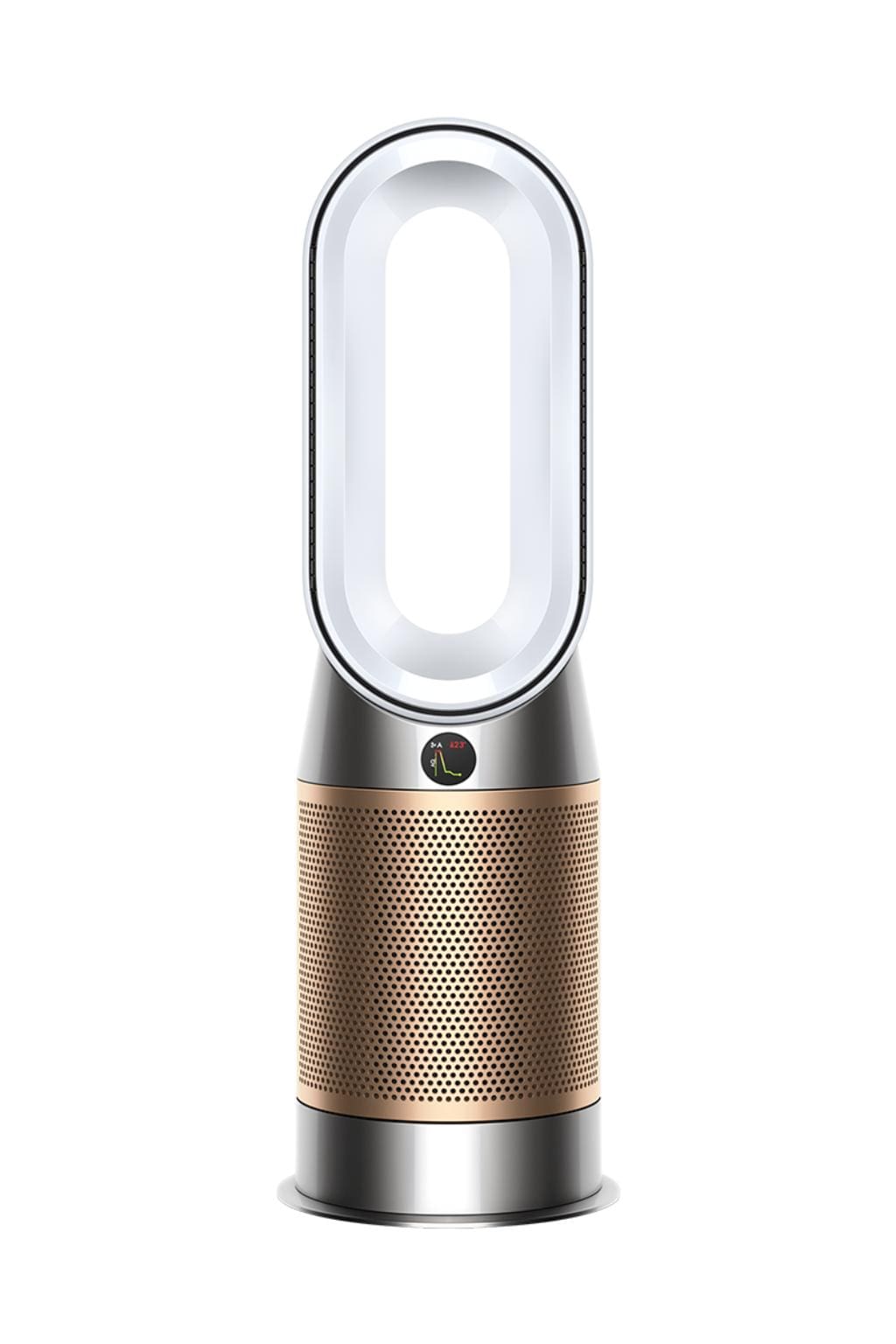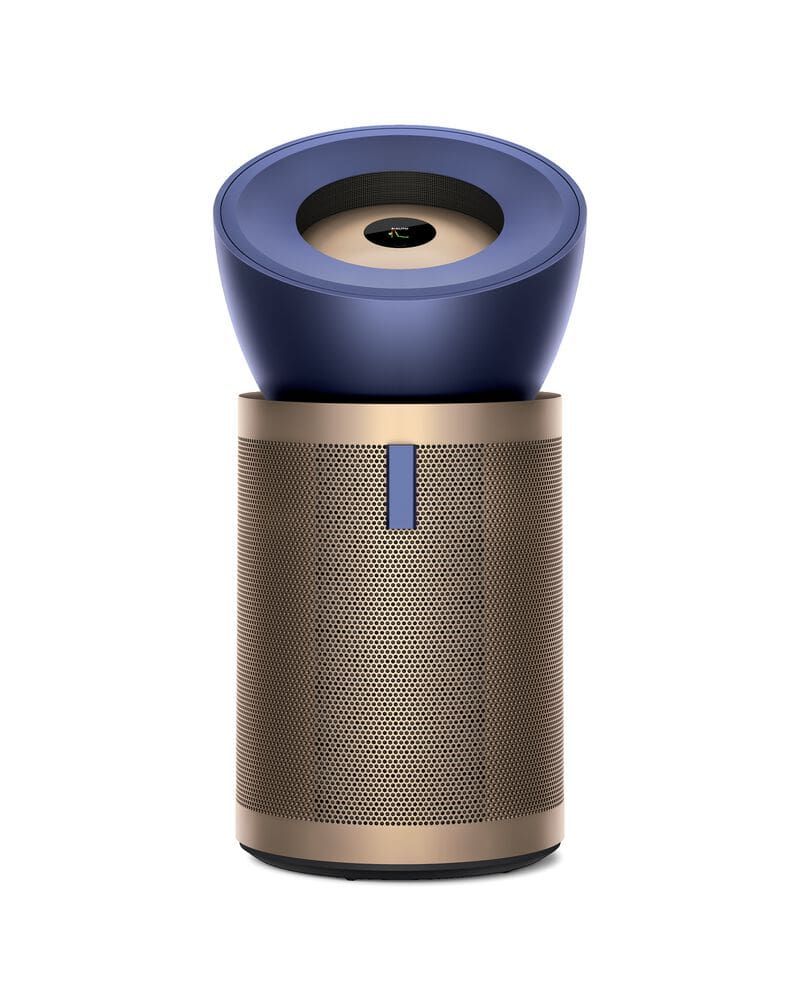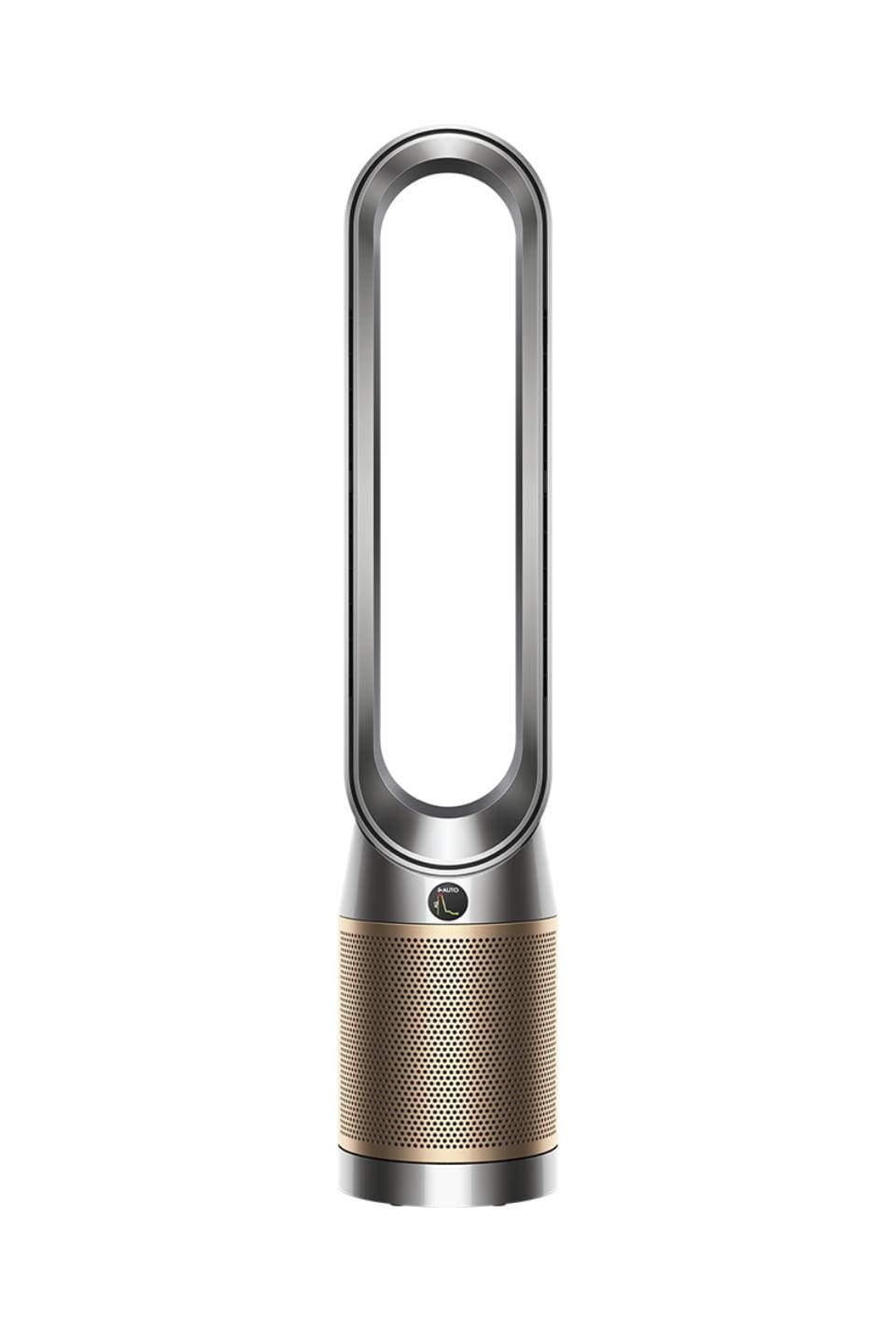As the colder days approach, we find ourselves spending more time indoors, which means increased exposure to everyday indoor pollutants. Whether you’re seeking information about the pollutants that might be present in your home or the most effective methods to reduce them, we’ve chatted with a Dyson engineer to provide you with a comprehensive breakdown. —Ashley Harris



Tell us a little bit about yourself and who you are at Dyson.
My name is Andrew Aitchison and I’m a Senior Design Engineer at Dyson. I work on developing design solutions for our products at our Malmesbury campus in the UK. I’ve been with Dyson since 2019 on our New Product Innovation team, which means I come up with innovative ideas for new products and technologies to solve real-world frustrations, and then meticulously research and test the concepts before we hand them over to our downstream development team to get them ready for manufacture and launch.
What are some of the everyday indoor pollutants people should be aware of?
One of the most alarming things that most people don’t realize is that indoor air quality can be up to five times worse than the air outdoors. Plus, many Canadians spend upwards of 90 percent of their time indoors, which makes indoor air quality even more important. Many objects throughout our homes and workplaces can contribute to poor indoor air quality by releasing gases, particles, debris and other contaminants into the air. These come in a variety of categories:
- Outdoor sources of indoor air pollution, like pesticides, pollen and dust can enter homes and
- workplaces through windows, doorways and ventilation systems.
- Combustion pollutants, like carbon monoxide and nitrogen dioxide, are released into the air by
- burning firewood, natural gas for heating or cooking, charcoal and tobacco. If you live in a city,
- there are also elevated levels of nitrogen dioxide emissions from vehicles on the roads. As well
- as gases, combustion can also release ultrafine particles as part of the burning process.
- Biological pollutants, like pet dander, viruses, mould and bacteria, can come from outside or may proliferate indoors in humid conditions.
- Volatile organic compounds (VOCs)—gas pollutants like Benzene—can be released from cooking, cleaning and personal care products like deodorants, scents and candles, as well as building materials.
- Formaldehyde, a colourless gas used in an array of manufacturing processes, can be present in
- building materials and furniture and off gas over time.
What are some of the impacts of everyday indoor pollutants?
Every day, humans breathe up to 9,000 litres of air, and even prior to 2020 spent as much as 90 per cent of their time indoors. As our homes increasingly become spaces where we work and exercise as well as sleep and play, the quality of the air we breathe in all aspects of our routine is non-negotiable. Our home environments can be filled with particle and gas pollution, be it pollen, pet dander, NO 2, CO 2, VOCs from cleaning products and more. Our new focus on building homes that are well-sealed and highly insulated to save energy is also trapping many of these pollutants in our indoor spaces. One of the worst gases in our indoor environments is formaldehyde, found in many household and commercial products. Formaldehyde, which is 500 times smaller than particles the size of 0.1 microns, is particularly challenging to trap and destroy due to its tendency to continually off-gas over time. Exposure to high levels of the gas can cause health problems such as respiratory issues and modern, well-sealed spaces exacerbate this problem by trapping pollutants inside. The World Health Organization has published an indoor air quality guideline specifically on exposure to formaldehyde.
How can we minimize the impact of everyday indoor pollutants?
The more you know about the sources of indoor air pollution, the better your chances are of managing and limiting the amount of harmful toxins and pollutants in your everyday living and working spaces. Increasing airflow or turning on the extractor fan in the kitchen, regularly cleaning and where possible choosing non-toxic cleaning products, controlling humidity levels and installing air purifiers that automatically purify when they detect pollutants can all be valuable steps towards improving your indoor air quality.It’s a case of understanding pollution sources and taking appropriate actions – for example, we would never say “don’t light a scented candle ever again!” but to think about the impact that those pollutants have in your home as they get trapped indoors. Consider when to ventilate to reduce the pollutant concentration or set your air purifier to ‘Auto’ to automatically manage the indoor pollution level.
What are the best Dyson products to help minimize the impact of everyday indoor pollutants?
Dyson has studied and researched indoor and outdoor air quality for over 14 years, launching our first in-home purifiers in 2015. Since then, we have continually iterated to develop new, better technologies for thorough, full room purification at home and in shared environments like offices and schools. The expanded range in 2023 offers more formats of Dyson Purifier than ever before, to suit all needs, homes and budgets. The technology within our purifiers has evolved significantly over the years to today’s line-up, which includes whole room purifiers that capture and project purified air, evenly heat a full room, cool you during warmer seasons and can intelligently and automatically humidify the room to an optimal level. Our powerful purifiers capture 99.97% of pollutants as small as 0.3 microns, like dust, allergens and even viruses like COVID-19. On auto mode, our purifiers constantly monitor for particulates (ultra fine particles in the air), gases and relative humidity and temperature, kicking into gear when they detect pollutants to remove them from the air we breathe. We also have a full formaldehyde range, including the Dyson Purifier Hot+Cool Formaldehyde, Dyson Purifier Cool Formaldehyde, Dyson Purifier Humidify+Cool Formaldehyde and our latest innovation: the Dyson Purifier Big+Quiet Formaldehyde. All of these are equipped with solid-state formaldehyde sensing technology that continuously detects and destroys formaldehyde, breaking down the dangerous gas into carbon dioxide and water.

Be the first to comment